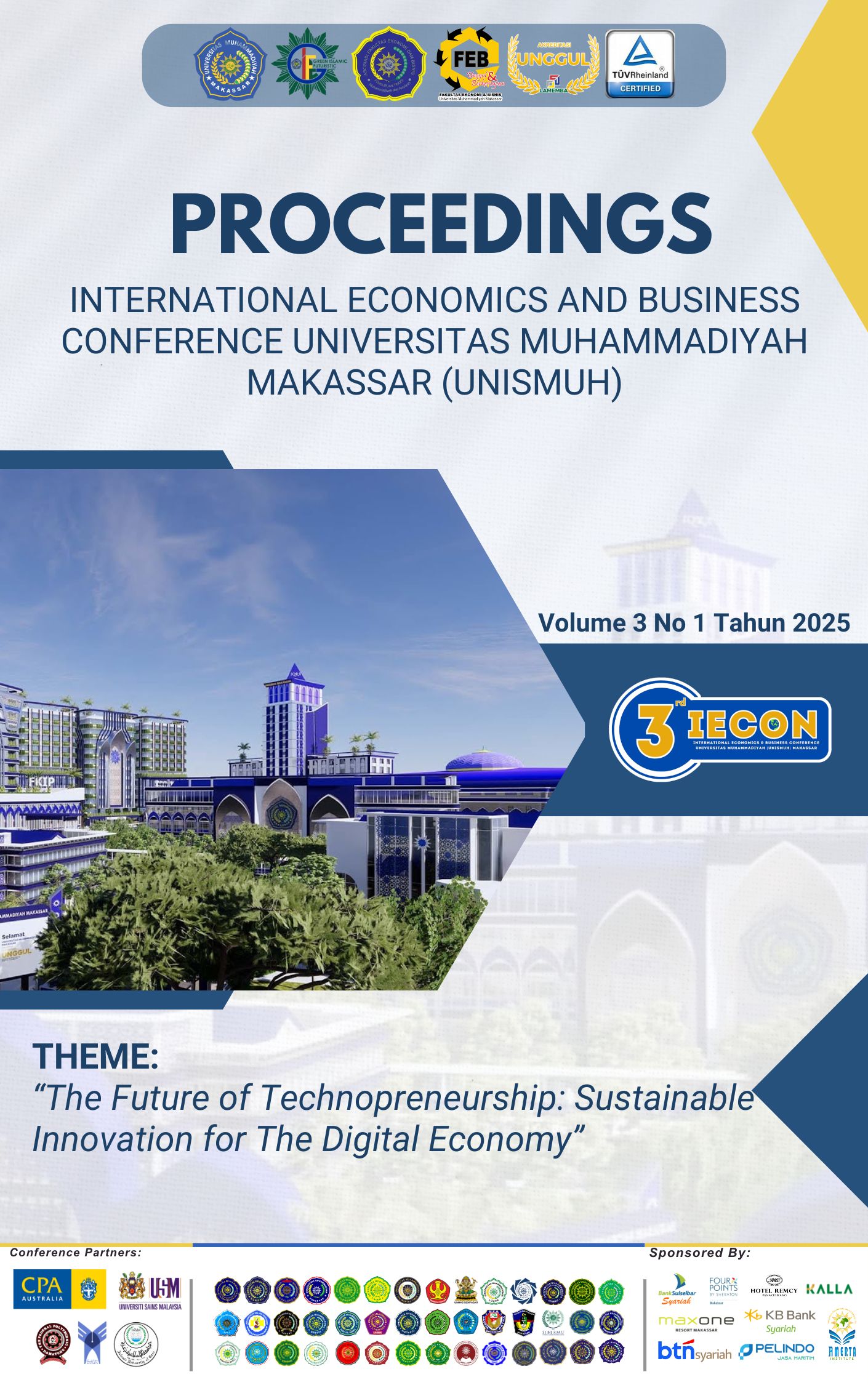The Effect of Capital Structure on Performance in Pharmaceutical Companies in Indonesia
Keywords:
Capital structure, ROA, ROE, Panel data, Debt ratioAbstract
Capital structure has been a long-standing topic of discussion, representing the proportional arrangement of debt, preferred shares, and common shares in a firm. It holds a vital role in maximizing the effective use of resources and improving cash flow for stakeholders. To examine this relationship in depth, panel data from 2018 to 2022 was gathered for eight pharmaceutical companies listed on the Indonesia Stock Exchange (IDX). The study assessed several primary indicators of capital structure, including the debt-to-equity ratio, short-term leverage ratio, long-term leverage ratio, and the total debt ratio. Company performance was evaluated using Return on Assets (ROA) and Return on Equity (ROE), while variables such as inflation, liquidity, growth rate, tax rate, and firm size were controlled to strengthen the analysis. The results indicate that all categories of debt ratios—whether short-term, long-term, or total—tend to have a considerable negative effect on ROA. On the other hand, some debt measures, notably short-term total debt, are positively associated with ROE. The long-term debt ratio, however, shows a negative but statistically insignificant relationship with ROE. Furthermore, among the various determinants of company performance, liquidity ratios are found to be insignificant, underscoring the characteristics of the link between capital structure and performance.
Downloads
Additional Files
Published
Issue
Section
License
Copyright (c) 2025 IECON: International Economics and Business Conference

This work is licensed under a Creative Commons Attribution-NonCommercial-NoDerivatives 4.0 International License.















